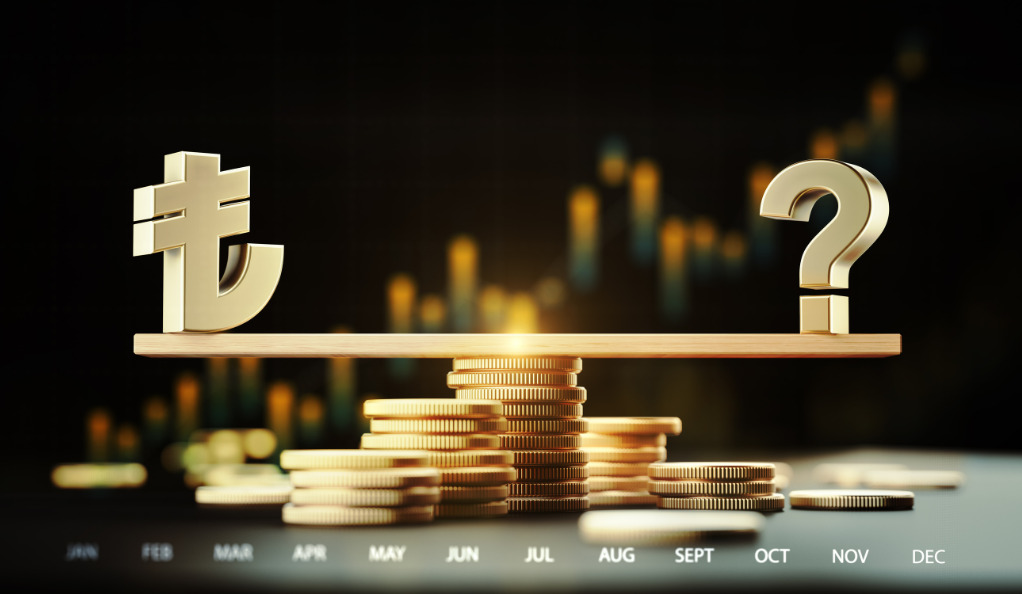The Global Marketplace of Forex Trading
Forex trading, also known as foreign exchange trading, is a global marketplace where national currencies are exchanged against one another. It’s a vast and complex world, attracting millions of traders worldwide due to its 24-hour accessibility, high liquidity, and potential for significant returns. However, the path to becoming a successful Forex trader is not a straightforward one. It’s a journey filled with challenges, requiring a deep understanding of market dynamics, strategic planning, and emotional resilience. In this article, we will delve into the world of Forex trading, focusing on one common mistake that traders often make and how to avoid it.
The Allure and Challenges of Forex Trading

The allure of Forex trading lies in its potential for substantial profits. The thrill of predicting market movements, the satisfaction derived from a successful trade, and the dream of achieving financial freedom are all part of its appeal. However, the reality of Forex trading is that it’s a field where only a small fraction of traders truly succeed. The journey to becoming a successful trader is fraught with challenges, including the need for continuous learning, emotional control, and the ability to make quick decisions under pressure. One of the most critical aspects of successful trading is understanding and avoiding common trading mistakes.
The Common Mistake: The Pitfall of Chasing Trades
In the dynamic world of Forex trading, one common mistake that both novice and experienced traders often make is chasing trades, particularly following a significant bearish move. This mistake, while seemingly harmless at first glance, can lead to substantial losses and can be a major stumbling block on the path to consistent profitability. Let’s delve deeper into this common pitfall and understand why it’s detrimental to a trader’s success.
Understanding Bearish Moves and the Fear of Missing Out (FOMO)
In trading parlance, a bearish move refers to a significant downward trend in the market. This is when the price of a currency pair is falling, and the market sentiment is negative. When traders witness such a trend, it’s natural for them to want to capitalize on it by entering a short position, hoping to profit from the continuing downward movement.
This desire to jump into the market is often fueled by the Fear of Missing Out (FOMO) – a powerful psychological phenomenon that can cloud a trader’s judgment. FOMO in trading is the fear of missing a potentially profitable trade, leading traders to make hasty decisions without proper analysis or strategy.
The Downside of Chasing Trades

While entering a trade following a bearish move might seem like a good idea, it often leads to losses in the long term. But why is this so?
The primary reason is timing. By the time a trader identifies a bearish move and decides to enter the trade, the market may have already factored in the information that led to the downward trend. This means that the price may be ready to retrace or reverse, leading to potential losses for those who entered late.
Another reason is the lack of a proper risk management strategy. Traders who chase trades often fail to set appropriate stop losses, exposing them to significant risks if the market moves against their position.
The Role of Market Volatility
Market volatility also plays a crucial role in this common mistake. Forex markets are known for their high volatility, which means prices can change rapidly in a very short time, causing potential losses for traders who chase trades.
During a bearish move, market volatility often increases, leading to wider spreads and slippage. This can result in traders entering a trade at a price worse than they intended, further increasing their potential losses.
The Impact of Emotional Trading
Chasing trades is often a result of emotional trading, where decisions are driven by fear or greed rather than careful analysis and strategy. Emotional trading can lead to a vicious cycle of making more mistakes, such as overtrading and risking too much capital, further exacerbating losses.
Understanding the Pitfall: The Perils of Late Entry

When a significant bearish move occurs, many traders are tempted to jump on the bandwagon and enter a short position, hoping to capitalize on the downward trend. A short position is a trading technique where a trader sells a currency with the expectation that its price will decrease and they can buy it back at a lower price. However, this is where many traders falter. They enter the trade too late, setting their stop losses around the area of the initial breakout. A stop loss is a predetermined point at which a trader will sell a stock to limit their loss. This strategy can backfire, leading to significant losses if the market retraces or reverses direction.
The Solution: The Power of Patience and Strategic Entry
So, how can traders avoid this pitfall? The answer lies in patience and strategic entry. Instead of chasing the trade, it’s more prudent to wait for a second opportunity to enter. This usually happens when the price retraces back to the area where the initial breakout occurred. This is often where stop losses are set by those who chased the initial move. This strategy is known as a ‘pullback’ in trading terminology.
Entering the Trade: The Importance of Timing and Confirmation

When the price retraces to the stop loss area, it’s time to consider entering a short position. However, it’s crucial to confirm bearish momentum before entering the trade. This can be done by looking for signs of rejection at the resistance level. Resistance is a price level that a currency pair has trouble exceeding. Signs of rejection can include upper wicks on the candlestick chart or a bearish divergence on the Relative Strength Index (RSI) indicator. The RSI is a momentum oscillator that measures the speed and change of price movements.
Setting Stop Loss and Take Profit: Balancing Risk and Reward
Once you’ve confirmed the bearish momentum and entered the trade, it’s time to set your stop loss and take profit. A good rule of thumb is to set your stop loss above the resistance and your take profit at the previous low. This strategy can provide a favorable risk-reward ratio, increasing your chances of a successful trade. A risk-reward ratio is a measure used by many investors to compare the expected returns of an investment to the amount of risk undertaken to capture these returns.
The Reality of Trading: Embracing Uncertainty

It’s important to remember that not every trade will go as planned. Sometimes, the price may continue to fall after the initial breakout, and the opportunity to enter the trade as suggested might not present itself. However, this is part of the trading journey. There will always be more trading opportunities in the future. Embracing this uncertainty and maintaining a level-headed approach is key to long-term success in Forex trading.
Tools to Aid Your Trading Journey: The Breakout Probability Tool
To further enhance your trading strategy, consider using tools like the “breakout probability tool.” This tool can help assess the likelihood of a price breakout at a given resistance level, providing additional confirmation for your trade entry. Using such tools can add an extra layer of sophistication to your trading strategy and increase your chances of success.
Choosing the Right Broker: A Critical Decision
Finally, choosing the right broker can significantly impact your trading experience. Look for brokers that offer low fees, high leverage options, negative balance protection, and deposit bonuses. However, always remember to do your own research before choosing a broker. The right broker can provide the necessary tools and platform for you to execute your trades effectively.
Conclusion
Forex trading is a challenging yet rewarding venture. By understanding common pitfalls like chasing trades and implementing strategic entry and exit points, traders can increase their chances of success. Patience, strategy, and continuous learning are key in this journey. Remember, there will always be more opportunities in the future. As the saying goes, “The stock market is a device for transferring money from the impatient to the patient.”
Ainu Token aims to offer impartial and trustworthy information on cryptocurrency, finance, trading, and shares. However, we don't provide financial advice and recommend users to conduct their own studies and thorough checks.

Comments (No)